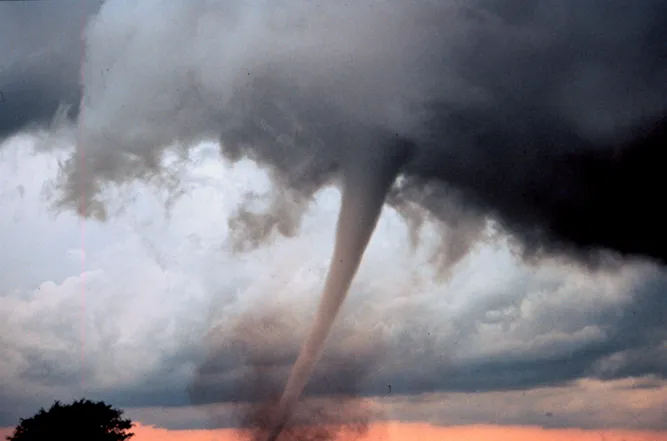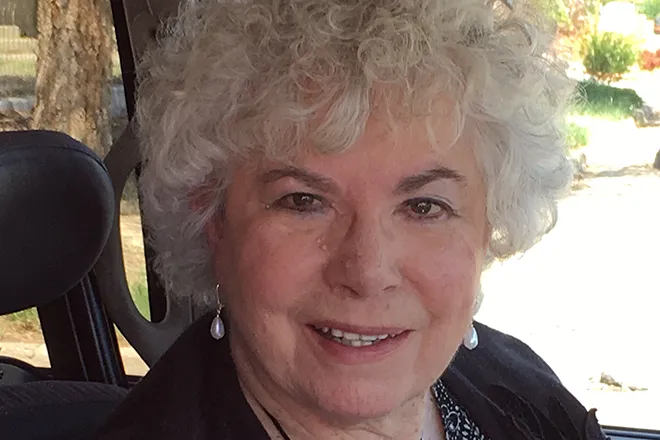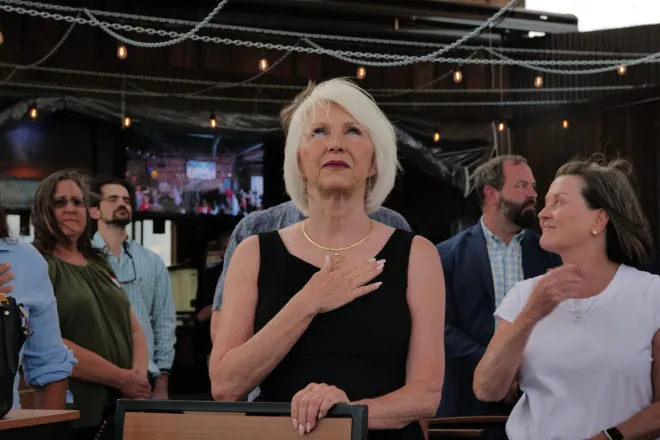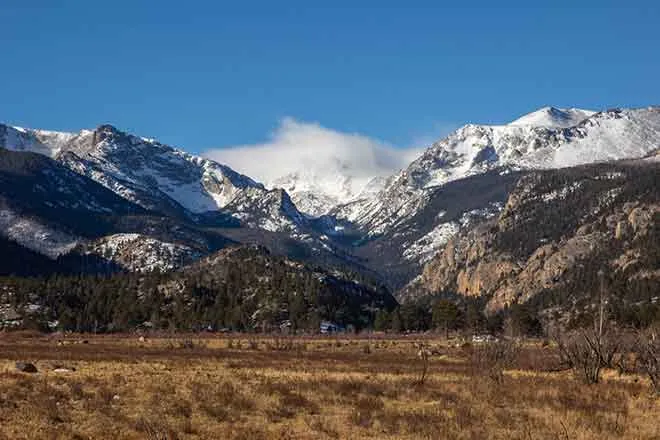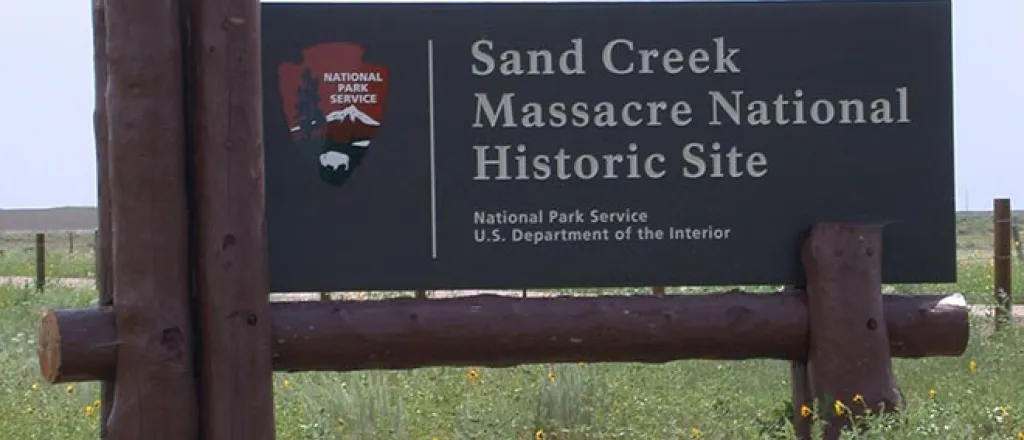
Sand Creek Massacre National Historic Site commemorates 15 years
Fifteen years ago, on April 27, 2007, the Sand Creek Massacre National Historic Site (NHS) was formally dedicated as the 391st unit of the National Park Service. The following day, April 28, dedication ceremonies took place at the site. The event involved National Park Service staff, the Northern Cheyenne Tribe, Northern Arapaho Tribe, the Cheyenne and Arapaho Tribe, local, state, and national dignitaries, and many members of the Kiowa County community.
The Sand Creek Massacre NHS remembers the slaughter of more than 230 non-combatant Cheyenne and Arapaho people, mostly women, children, and elderly, by the United States Army on November 29, 1864. The tragedy profoundly affected U.S./Indian relations and the structure of the Cheyenne and Arapaho tribes for generations to come. Sand Creek Massacre NHS is dedicated to telling this important story, as well as preserving and protecting the cultural and natural resources of the site.
In the establishing legislation, P.L. 106-465, the Department of Interior was directed to preserve the important topographic features, artifacts and physical remains, and the historic landscape of the site as it appeared at the time of the massacre. NPS has chosen to fulfill this mission by limiting the development of the site. Within that scope, several improvements have been made in the past 15 years to enable the park staff to interpret the story and enhance the cultural understanding of the site. Some of those improvements have been:
- Removal of obsolete buildings and modern debris from the site
- Renovation of existing barn for maintenance shop and conference room
- Installation of modular building as temporary visitor contact station and bookstore
- Exotic plant removal, tree trimming, fence building
- Completion of the park’s General Management Plan, Foundation Document and Long-Range Interpretive Plan, which outline future developments
- Installation of .75-mile trail to Monument Hill and the 1.25-mile Bluff Trail, including associated interpretive panels
- Building of shade shelter, 3 parking areas, 3 vault toilets
- Design and installation of entrance road, Monument Hill Road, and West Boundary Road
- Establishment of Repatriation Site for NAGPRA items and those repatriations defined by the enabling legislation
- Moved headquarters from one room in building shared with USDA to full half of building
- Moved headquarters to newly renovated Murdock Building and opened the Sand Creek Massacre NHS Visitor & Education Center
After opening, the Visitor & Education Center was closed due to the Covid-19 pandemic. It reopened briefly, only to be closed again due to a staffing shortage. NPS hopes to open the Center permanently by early summer. In addition, work is ongoing for a research center in the building. This center will provide scholars with a central location to study the broader history of the Sand Creek Massacre and the region. It will house archival and documentary collections in a digital, searchable format. The oral history recording area will be completed to allow tribal members and visitors the opportunity to hear those histories of descendants, or to record their own.
Other plans are ongoing at Sand Creek Massacre NHS. The temporary modular contact station will be replaced with a permanent structure that will house the bookstore and offices, as well as room for interpretive presentations. Native grass restoration will continue to take place and exotics managed. In the coming months, there will be four new employees added to the current staff of five. The volunteer program will be expanded, providing opportunities for local volunteers to become valued members of the site staff.
The site provides benefits for the citizens of Kiowa County, as well. More visitors to the site mean additional dollars spent within the county for lodging, gas, food, and other items. In 2020, park visitors spent an estimated $253,000 in local gateway regions while visiting Sand Creek Massacre National Historic Site. These expenditures supported a total of four jobs, $64.300 in labor income, $123,000 in value added, and $256,000 in economic output in local gateway economies.
Management decisions for the Sand Creek Massacre NHS are made in consultation with the Northern Cheyenne Tribe, Northern Arapaho Tribe, the Cheyenne and Arapaho Tribes and the State of Colorado through History Colorado. We also rely heavily on our partners, which include Kiowa County, Kiowa County Economic Development Foundation, Canyons & Plains, and the residents of Kiowa County.
Working with all our partners is essential to Sand Creek Massacre NHS purpose, which is to preserve and protect the site and provide education to minimize the chances of similar atrocities in the future.

